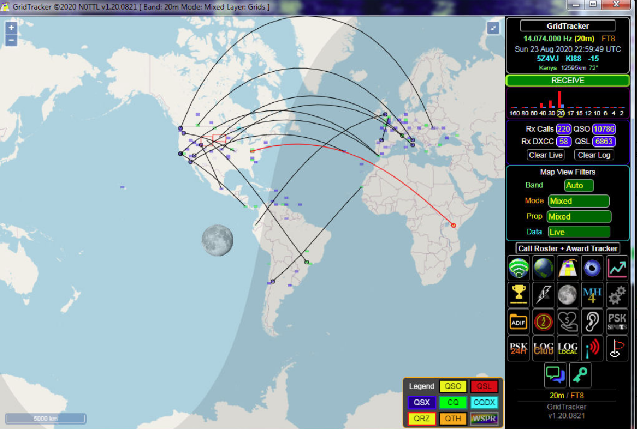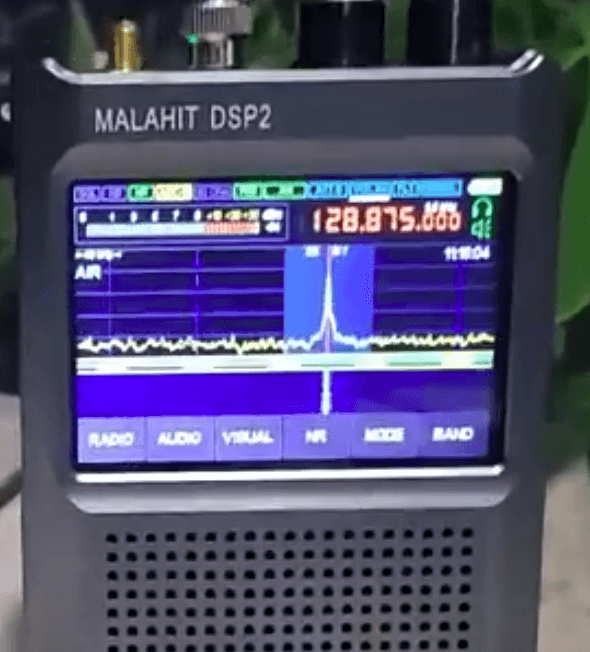Maximize Your XIEGU X6200: Get Firmware Update 1.0.1




























Learn the truth about two popular QRP radios, the TruSDX and QCX-mini, with three simple tests in this video. Understand the differences between the two radios and decide
The video compares two popular QRP rigs, the TruSDX and QCX-mini by QRP Labs, and conducts three tests to determine the difference between the two radios.
The tests include the silence test, the pain test, and the signal purity test. The video aims to provide a subjective opinion on the work of these two rigs without the need to be proficient in technical details such as decibels, microvolts, or dynamic range.
I found this video to be valuable because it provides a straightforward comparison between two popular QRP radios. The three tests conducted in the video helps understand the differences between two radios.
Linas, LY2H, the creator of the video, has a channel dedicated to amateur radio with over 13,000 subscribers. Linas shares his knowledge and experience in the field of amateur radio, provides tutorials, and reviews various radios and equipment.
My best advice for beginners in amateur radio is to start with a simple radio and work your way up to more advanced radios. Always conduct tests and experiments to understand the capabilities and limitations of your radio. Join a local amateur radio club and seek guidance and advice from experienced operators.
Q: What is a QRP radio?
A: A QRP radio is a low power amateur radio transmitter with a maximum output of 5 watts.
Q: What is a dummy load?
A: A dummy load is a device used to simulate an antenna load for testing and tuning a radio transmitter.
Q: What is a Tiny SA?
A: A Tiny SA is a low-cost spectrum analyzer that is used to measure the frequency and strength of radio signals.
Q: What is signal purity?
A: Signal purity refers to the level of interference or noise in a radio signal.
Q: What is a birdie in amateur radio?
A: A birdie is an unwanted signal that is generated within a radio receiver due to internal mixing or local oscillator leakage.
In conclusion, when comparing the TruSDX and QCX-mini radios, it is important to consider the internal noise and birdies produced by each radio. The TruSDX radio produces more internal noise, while the QCX-mini radio is quieter and produces fewer birdies. However, the TruSDX radio has a slightly better signal purity than the QCX-mini radio. Ultimately, the choice between these two radios will depend on the user’s specific needs and preferences, as each has its own strengths and weaknesses.
